On the way to the Hyderabad airport, a small sign is gathering dust. Pointing towards the 235-year-old royal necropolis, Paigah Tombs, it is a sign of how off-the-radar this beautiful nesting ground of former aristocrats is. Although it is located just four kilometres from the famous Charminar, several locals are unaware of this architectural gem too. Read on as Mallik Thatipalli takes us on a virtual tour.
It is only ironical that while another necropolis in Hyderabad, the Qutb Shahi Tombs is vying for a UNESCO tag, the Paigah tombs are lost in wilderness. Centuries after they were built, these tombs still arrest the attention of the viewer right from the entrance, with its arched gateways, onion shaped domes and the lush canopies of decades-old mango and badam trees. An air of stillness fills the sky and you are transported into the times of the Nizams and Nawabs.
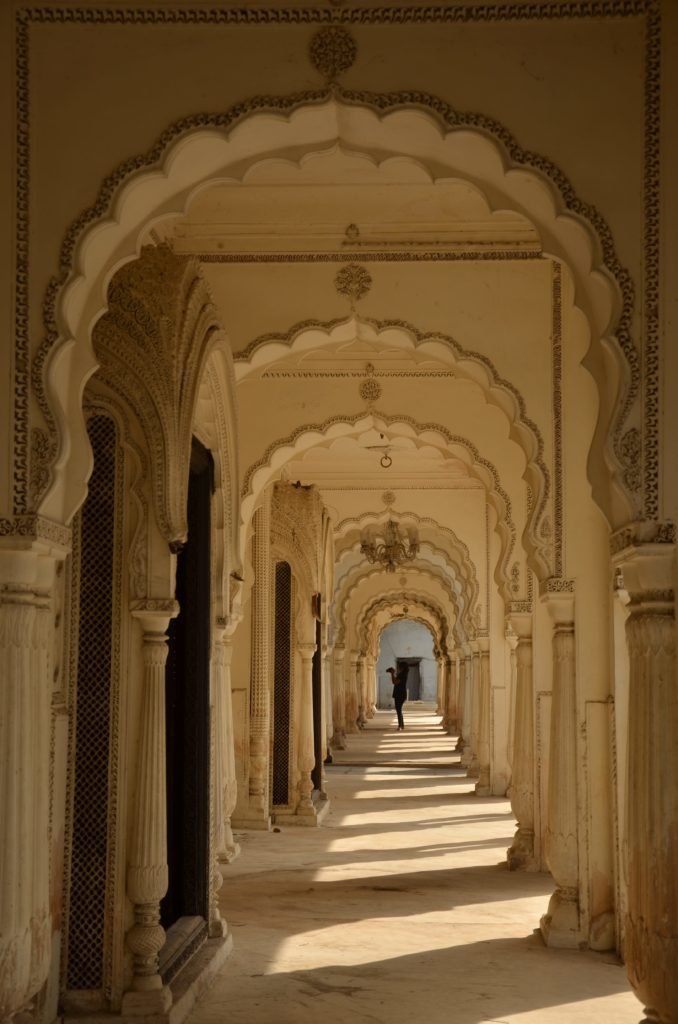
The Paigahs
The tombs are the private necropolis of the Paigah family. The Paigahs came to the Deccan along with Emperor Aurangzeb during his conquest of the region. The founder of the House of Paigah was Nawaz Abul Fatah Khan Tegh, also known as Shams-ul-Umra I. The Paigahs were the highest-ranking aristocrats after the ruler during the Nizam’s reign.
Paigah was a honorific title bestowed by the second Nizam of Hyderabad. It is a word of Persian origin which means pomp and rank — the family had both in equal measure. Like in many aristocratic and royal families, they cemented ties with the Nizam through marriage which led to entrepreneurial success.
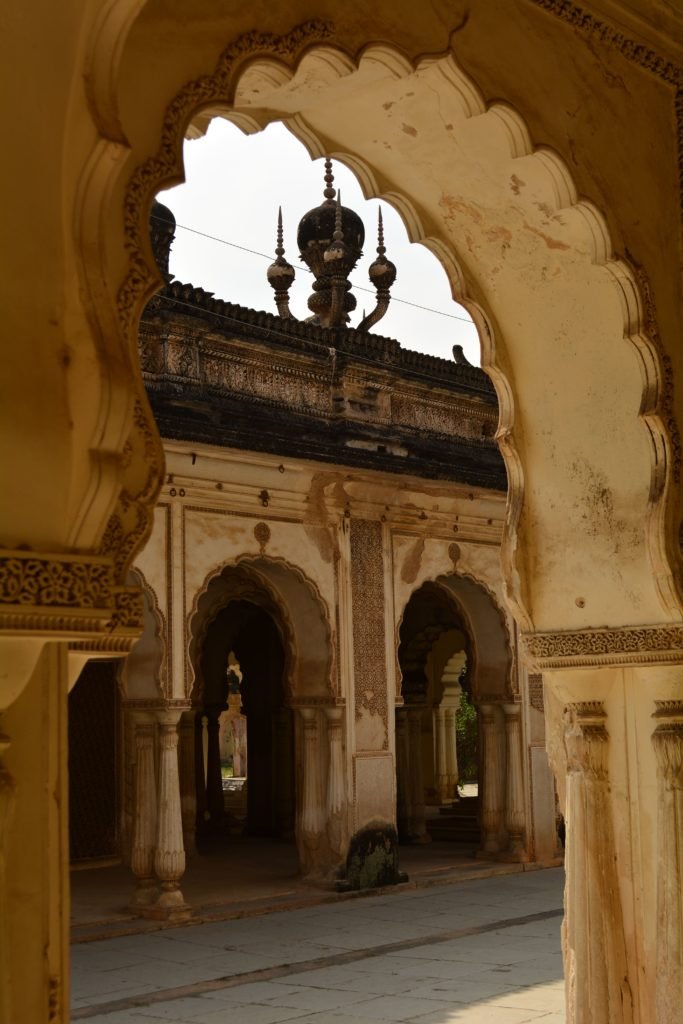
The architecture is unique as it is an amalgamation of eight diverse styles – French, Italian, Greek, Turkish, Mughal, Rajput, Persian and Kakatiyan.
The Necropolis
Among the aristocracy of Hyderabad, it was considered to be a divine blessing to be buried in the area next to the grave of a pir or a saint because of the belief that the land was blessed. This site (initially spread over eight acres) was chosen due to its proximity to the dargah of the Sufi saint Burhane Shah, who came to India from Iraq and was buried in an open enclosure in 1655 in a nearby area.
With 28 graves and simple crypts, the tombs exude grandeur through art, architecture and artisanship. The rows of scalloped arches, towering minarets, stucco work, a now-defunct mosque which seems to preen at its own reflection in a small water body, and the wrought iron benches transport you to a century or two into the past.
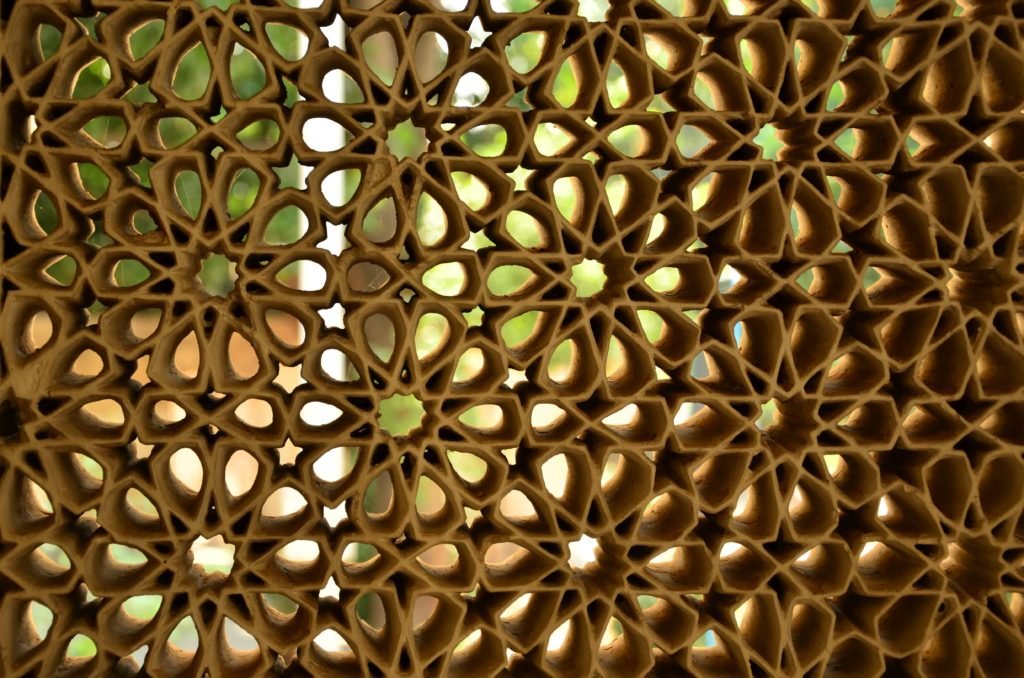
The architecture is unique as it is an amalgamation of eight diverse styles – French, Italian, Greek, Turkish, Mughal, Rajput, Persian and Kakatiyan. No other place in the city boasts so many influences. It’s a mammoth complex, matchless in its design and intreguingly deviates from traditional Islamic architecture as the roofs are embellished with stucco ornamentation in the shapes of fruits, drums, flowers and even vases and serpents.
The extensive jaali work prevalent throughout the necropolis ensures that sunlight plays hide and seek all day. It is extensive, beautiful and unique. From the motifs of creepers and flowers, to the detailing, it showcases both masculine (geometric circles and stars) and feminine (foliage) designs of the Islamic architecture.
The Tombs
Laid north to south and open to the sky, the tombs emulate the style of the mausoleum of Mughal emperor Aurangzeb. The tombstones are singular pieces of art, each embellished with colourful and intricate detailing. While some have chandeliers hung atop, others were, at one point in time, embedded with precious stones which changed colours with time.
Among the aristocracy of Hyderabad, it was considered to be a divine blessing to be buried in the area next to the grave of a pir or a saint because of the belief that the land was blessed.
Most of the tombs have a marble chowkandi (small pavilion) over them, which was initially decorated with gems (and no longer there). The tombs of Khurshid Jah Paigah and his wife Hussian-Un-Nissa Begum were replicas of those made for Mumtaz Mahal and Shah Jahan.
Giving a peek of the craftsmanship of the past, the tombs are stunning works of art with some boasting stunning pietra dura inlay work on marble brought in from Makrana in Rajasthan (also used in the construction of Taj Mahal). Others are enclosed by ornate wooden doors made from teak and rosewood.
The Future of the Necropolis
With centuries of history behind it and artisanship which is no longer available, it is shocking that these tombs share a story of neglect and disrepair. The worst are the encroachments which are a sore sight!
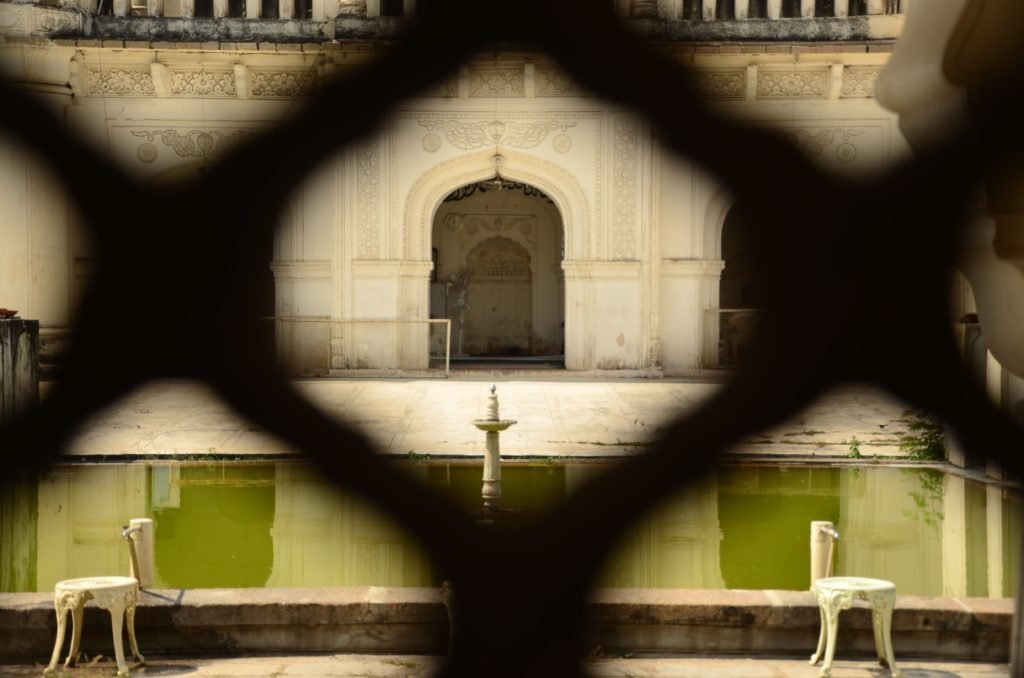
With parts of jaalis broken, electricity poles competing with the tombs, parts of walls caving in and plaster peeling on ceilings, it is in urgent need of conservation. At one point, there were even families living inside the tombs, showcasing the utter disregard for heritage and culture. Although recently attempts were made to reach out to artisans from Central Asia and Iran for restoration, they have come to a standstill due to the Covid crisis. The Paigah Tombs are historically important monuments which need to be saved for future generations as a gift and one hopes that future generations will be able to soak in their lingering beauty.

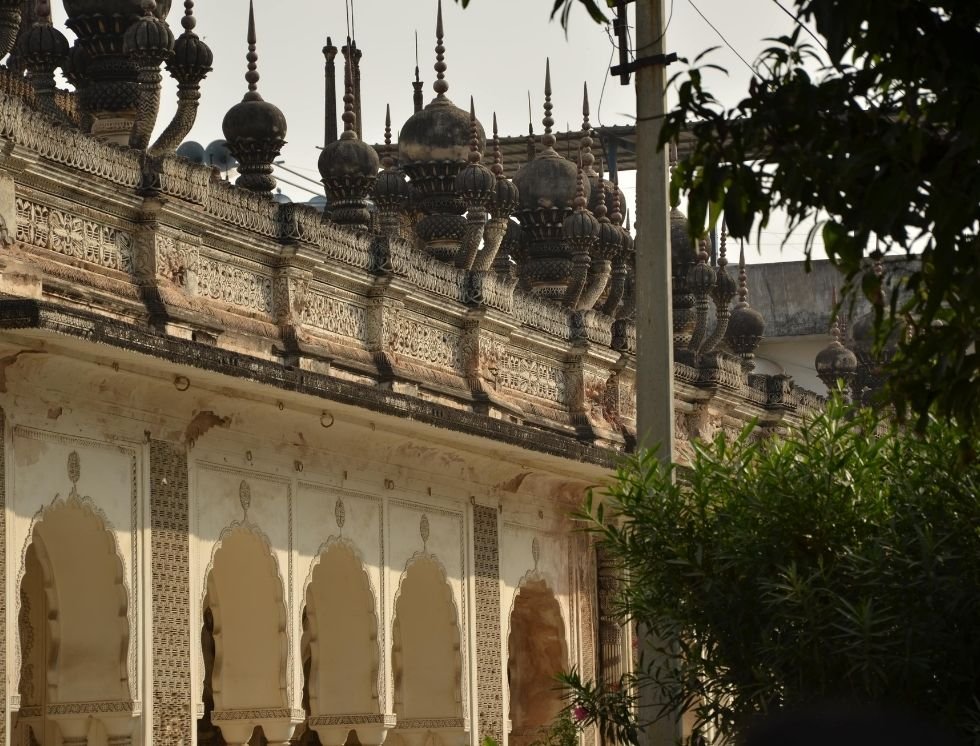





























1 comment
I ɗo not even know how I ended up here, but I thought this post ԝas great.
I do not know who yοu are but definitely you’re going to a famous
blogger if уou aгe not already 😉 Cheers!